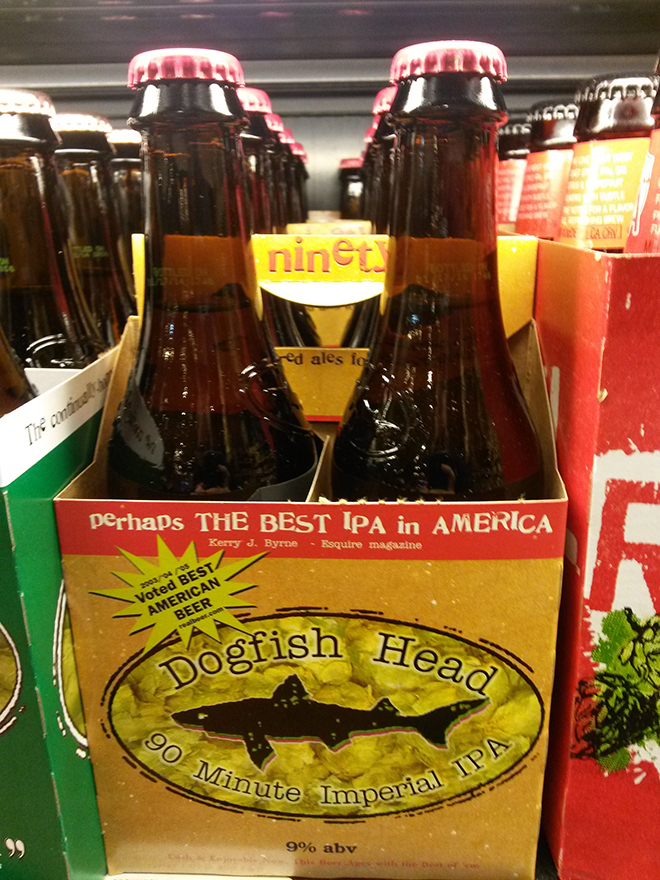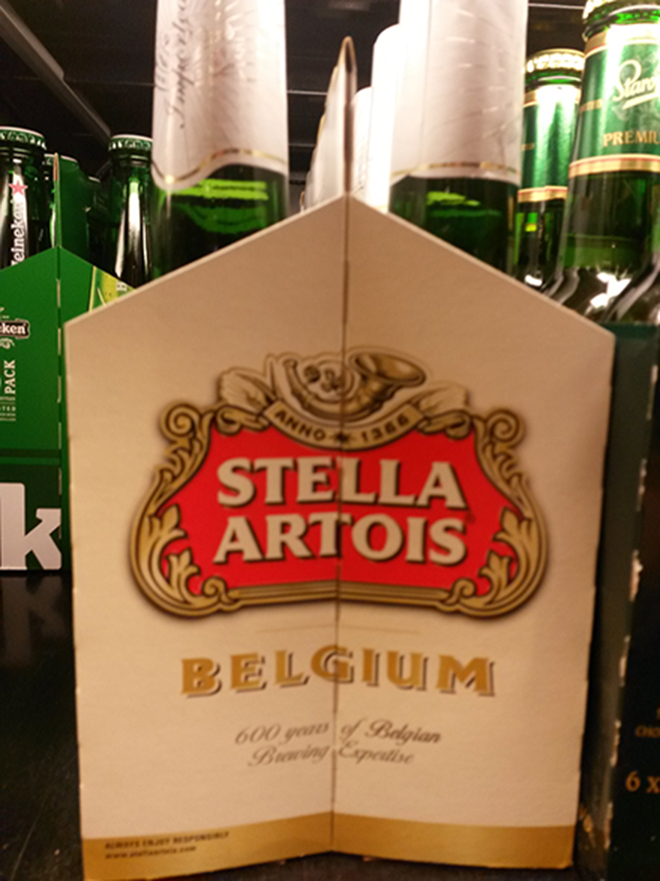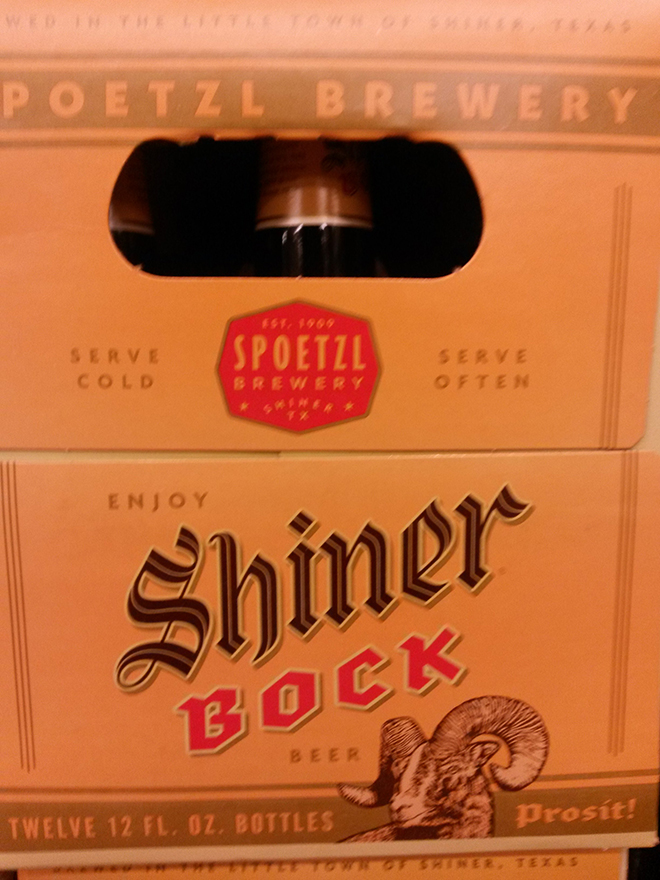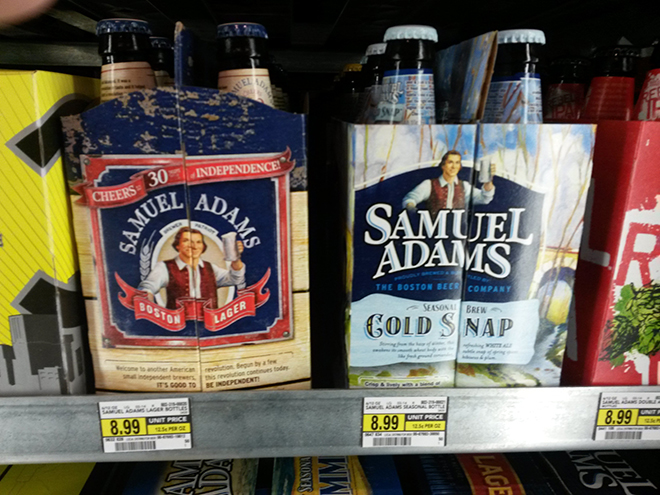College is an easy way to develop a terrible perception of beer. Few things are sadder than someone who claims to hate beer because they've only ever had shitty party beer. If your only experience comes from PBR pong and kegs, then it's time to expand your horizons. There's a whole world of delicious beer out there, and with a bit of information, you too can be as pretentious about beer as your friend who studied abroad in Germany.
1. Distinguishing Ale from Lager

Knowing a lot about ingredients or the brewing process is not essential to enjoying beer, but a tiny bit of terminology will make it much easier to distinguish what you want when faced with a store full of interesting microbrews. The biggest distinction to make is between lagers and ales. Lagers are brewed at cold temperatures with yeast that sinks to the bottom of the brewing vessel, and generally are made to be crisp, clean and mild. Ales are made at higher temperatures with top fermenting yeast, and they tend to have more complex flavors than lagers. There are a lot of subcategories to beer, so here's an overview of some common types. Please note that a bottle or can typically contains 12 oz. of beer, although foreign imports may have slightly different measures.
2. Different Types of Lager

Pale lager is probably what you think of when you think of beer, because it's the typical example of the aforementioned shitty party beer. American lager is, to quote a former Northwestern professor, a “beer- flavored water beverage”. Bud, Miller, Coors, PBR, it all falls under this category. That said, there are other beers that fall into the category of pale lager, such as Corona or Heineken, that prove that pale lager is not an exclusively American phenomenon.
If you enjoy the style, there's nothing wrong with that, but it's worth exploring alternatives. There are also variations such as pilsners like Stella Artois ($10/6 bottles) or Pilsner Urquell ($9/six bottles), or the German helles. which have more defined flavors than some pale lagers, but are still very refreshing and drinkable. If you have a lager that is not specifically labeled a pale lager, then odds are its closer to an amber lager or red lager. Sam Adams Boston Lager ($9/six bottles) is one of the most popular examples of this style. This one is a lot harder to generalize because the flavor will vary strongly from lager to lager, but that means that it's worth trying things to see what you like. While a distinct style of its own, this broader category is what you might associate with Oktoberfest beers (properly referred to as Märzen beers), which have a toasted quality to their flavor and are typically amber or golden.
Bock is a sweeter lager that is more commonly consumed during the colder months. You'll occasionally find it labeled as something like Samuel Adams Cold Snap Winter Lager ($9/six bottles) for people who don't know what a bock is, but you'll also find examples such as Shiner Bock ($12.99/ 12 bottles). You'll also find its relative, the doppelbock (literally, double bock), which are darker and stronger in flavor, and have an ABV of 7-12 percent, which is quite strong for beer.
3. Different Types of Ale

Wheat Ale tends to be relatively mild in flavor, as ales go, have a cloudier appearance than many beers, and are associated with German and Belgian breweries. The German hefeweizen is a common variation, with major breweries such as Paulaner ($16/12 bottles) or König Ludwig ($12/six bottles) producing popular hefeweizens. Belgian witbier is another example, with a hint of fruit in the taste. You may be familiar with it thanks to Blue Moon ($10/6 bottles), an American beer made in the style of Belgian witbier.
Pale Ales tend to have more bitter flavors, thanks to heavier concentrations of hops. Sierra Nevada ($9/six bottles) or Revolution Brewing's A Little Crazy ($10/six cans) are some good ones, where the hoppy flavor is more balanced with the other flavors than in stronger styles. IPAs (short for India Pale Ale, but actually British in origin) are even more bitter and complex, and many smaller American breweries love to experiment with different takes on the IPA. The 60 Minute IPA from Dogfish Head ($12/6 bottles), Revolution Brewing's Anti-Hero IPA ($10/six cans), or New Belgium's Ranger IPA ($8.50/six bottles) are well-known craft IPAs. As with bocks, some brewers will make double IPAs or Imperial IPAs where the hops flavor runs rampant, and the ABV rises to match, as do prices. Dogfish Head's Imperial IPA is also somewhat famous ($12/4 bottles)

Stouts are very dark beers made mostly from barley. Guinness (a dry Irish stout, $8.50/six bottles) is far and away the most well known example, but there are a variety of different stouts out there worth trying. Porters are a cousin of stouts, with an intertwined history of brewing and similar appearance and taste (although porters tend to be milder than stouts). Founders Porter ($10/six bottles) and Revolution Brewing's Eugene Porter ($9/six cans) are some examples of the style found in the Evanston area.
4. Always learn more
If you really want to explore, different countries have long histories of different brewing traditions and formulas. You can spend a long time learning to distinguish American IPAs from British IPAs, or which of the Munich breweries has the best helles. Hopefully this quick primer will help you start a journey to appreciating higher quality libations.